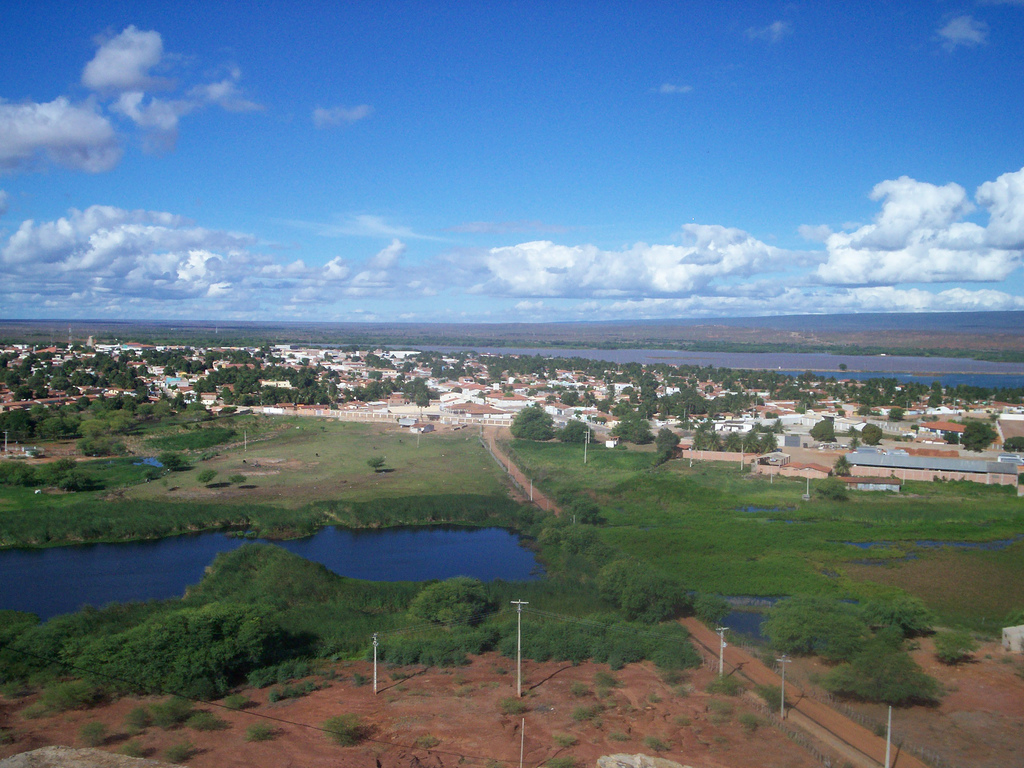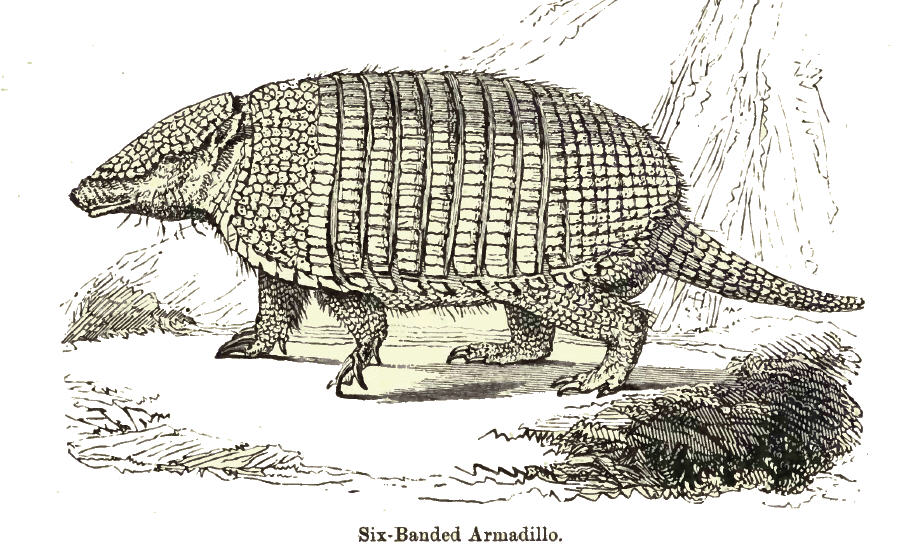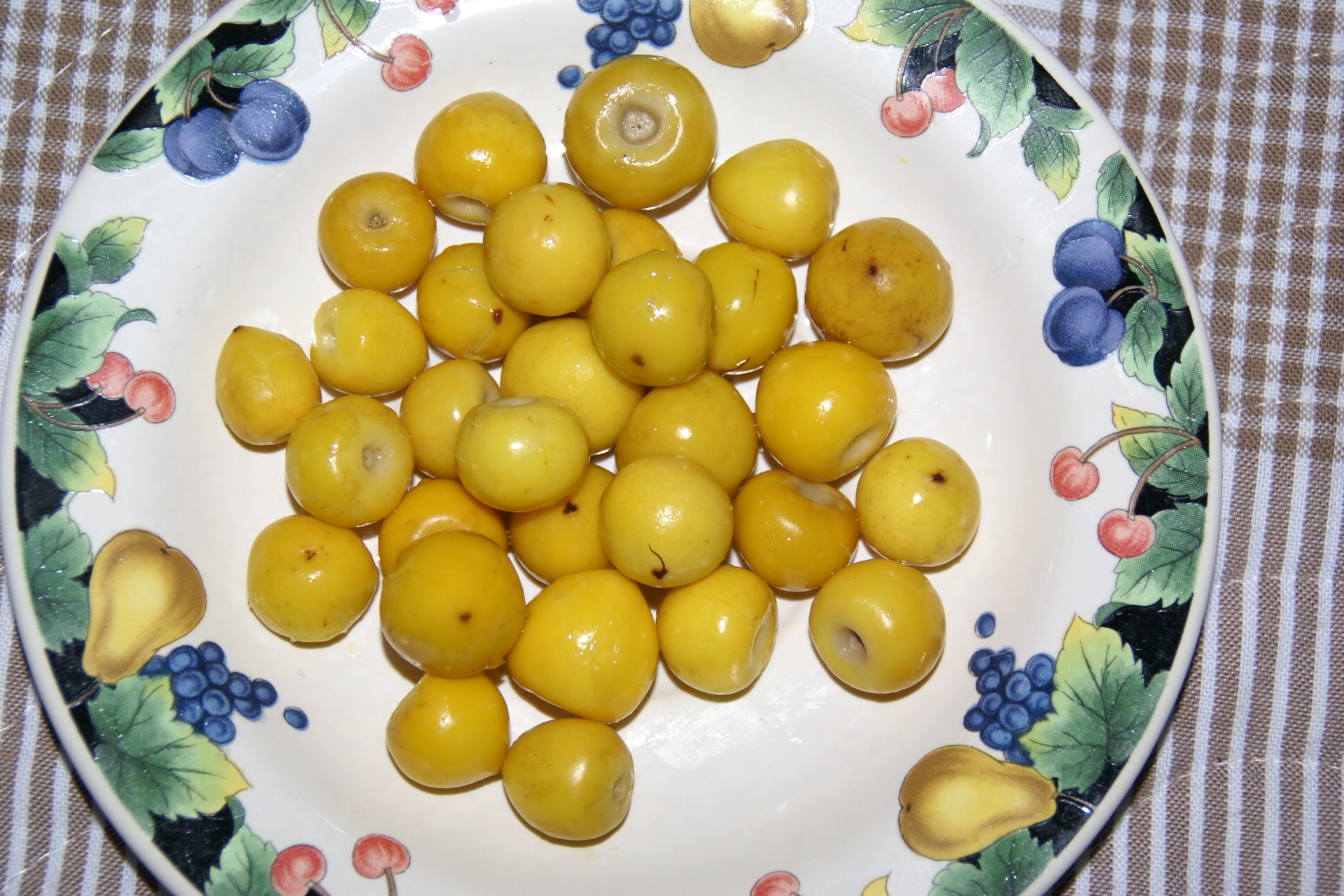|
Kambiwá Language
Kambiwá ( Cambioá) is an extinct unclassified language of Brazil. A couple dozen words were collected by Wilbur Pickering during the 1960s from two people living in Barreira, Petrolândia, Pernambuco. However, by that time the language had become extinct. Classification Apart from two apparent borrowings, none of the words are relatable to known languages. Loukotka (1968) characterized the language as unclassifiable due to lack of data. Vocabulary In 1961, two word lists of Kambiwá were collected by Wilbur Pickering from elderly rememberers in Barreira, Petrolândia, Pernambuco Pernambuco () is a States of Brazil, state of Brazil, located in the Northeast Region, Brazil, Northeast region of the country. With an estimated population of 9.6 million people as of 2020, making it List of Brazilian states by population, sev .... The word lists are published in Meader (1978). Word list recorded from Manoel de Souza: : Word list recorded from an elderly man named Tenoro: ... [...More Info...] [...Related Items...] OR: [Wikipedia] [Google] [Baidu] |
Petrolândia
Petrolândia (''Petroland'', named in honour of Dom Pedro II) is a municipality in the state of Pernambuco, Brazil. It is in the São Francisco Region. Petrolândia has a total area of 1056.6 square kilometers and had an estimated population of 36,901 inhabitants in 2020 according to the IBGE. It has one of the largest GDP per capita of Sertão due to the location of one hydroelectric power plant, property of CHESF. Languages The Kambiwá language, now extinct, was spoken in the village of Barreira in Petrolândia. Geography * State - Pernambuco * Region - São Francisco Region * Boundaries - Floresta (N), Jatobá (S), Tacaratu (E) and Bahia state (W) * Area - 1056.6 km2 * Elevation - 282 m * Hydrography - Moxotó River, tributary of São Francisco River * Vegetation - Caatinga hiperxerofila * Climate - semi-arid hot * Annual average temperature - 25.7 c * Main road - BR 232, BR BR 110, BR 316 * Distance to Recife - 430 km Economy The main economic activities ... [...More Info...] [...Related Items...] OR: [Wikipedia] [Google] [Baidu] |
Peccary
A peccary (also javelina or skunk pig) is a medium-sized, pig-like hoofed mammal of the family Tayassuidae (New World pigs). They are found throughout Central and South America, Trinidad in the Caribbean, and in the southwestern area of North America. They usually measure between in length, and a full-grown adult usually weighs about . They represent the closest relatives of the family Suidae, which contains pigs and relatives. Together Tayassuidae and Suidae are grouped in the Suina within the Artiodactyla (even toed ungulates). Peccaries are social creatures that live in herds. They eat roots, grubs, and a variety of foods. They can identify each other by their strong odors. A group of peccaries that travel and live together is called a "squadron". A squadron of peccaries averages between six and nine members. Peccaries first appeared in North America during the Miocene, and migrated into South America during the Pliocene-Pleistocene as part of the Great American Interchang ... [...More Info...] [...Related Items...] OR: [Wikipedia] [Google] [Baidu] |
Euphractus Sexcinctus
The six-banded armadillo (''Euphractus sexcinctus''), also known as the yellow armadillo, is an armadillo found in South America. The sole extant member of its genus, it was first described by Swedish zoologist Carl Linnaeus in 1758. The six-banded armadillo is typically between in head-and-body length, and weighs . The carapace (hard shell on the back) is pale yellow to reddish brown, marked by scales of equal length, and scantily covered by buff to white bristle-like hairs. The forefeet have five distinct toes, each with moderately developed claws. Six-banded armadillos are efficient diggers and form burrows to live in and search for prey. The armadillo is alert and primarily solitary. An omnivore, it feeds on insects, ants, carrion, and plant material. Due to their poor eyesight, armadillos rely on their sense of smell to detect prey and predators. Births take place throughout the year; gestation is 60 to 64 days long, after which a litter of one to three is born. Weani ... [...More Info...] [...Related Items...] OR: [Wikipedia] [Google] [Baidu] |
Six-banded Armadillo
The six-banded armadillo (''Euphractus sexcinctus''), also known as the yellow armadillo, is an armadillo found in South America. The sole extant member of its genus, it was first described by Swedish zoologist Carl Linnaeus in 1758. The six-banded armadillo is typically between in head-and-body length, and weighs . The carapace (hard shell on the back) is pale yellow to reddish brown, marked by scales of equal length, and scantily covered by buff to white bristle-like hairs. The forefeet have five distinct toes, each with moderately developed claws. Six-banded armadillos are efficient diggers and form burrows to live in and search for prey. The armadillo is alert and primarily solitary. An omnivore, it feeds on insects, ants, carrion, and plant material. Due to their poor eyesight, armadillos rely on their sense of smell to detect prey and predators. Births take place throughout the year; gestation is 60 to 64 days long, after which a litter of one to three is born. Weaning o ... [...More Info...] [...Related Items...] OR: [Wikipedia] [Google] [Baidu] |
Byrsonima Crassifolia
''Byrsonima crassifolia'' is a species of flowering plant in the family Malpighiaceae, native to tropical America. Common names used in English include nance, maricao cimun, craboo, and golden spoon. In Jamaica it is called hogberry. It's valued for its small (between one, and one and a quarter centimeter in diameter) round, sweet yellow fruit which is strongly scented. The fruits have a very pungent and distinct flavor and smell. When jarred, their texture resembles that of a green or kalamata olive. Description and habitat ''Byrsonima crassifolia'' is a slow-growing large shrub or tree to . Sometimes cultivated for its edible fruits, the tree is native and abundant in the wild, sometimes in extensive stands, in open pine forests and grassy savannas, from central Mexico, through Central America, to Colombia, Peru, Bolivia and Brazil; it also occurs in Trinidad, Barbados, Curaçao, St. Martin, Dominica, Guadeloupe, Puerto Rico, Haiti, the Dominican Republic and throughout Cu ... [...More Info...] [...Related Items...] OR: [Wikipedia] [Google] [Baidu] |
Mimosa Tenuiflora
''Mimosa tenuiflora'', syn. ''Mimosa hostilis'', also known as jurema preta, calumbi (Brazil), tepezcohuite (México), carbonal, cabrera, jurema, black jurema, and binho de jurema, is a perennial tree or shrub native to the northeastern region of Brazil (Paraíba, Rio Grande do Norte, Ceará, Pernambuco, Bahia) and found as far north as southern Mexico ( Oaxaca and coast of Chiapas), and the following countries: El Salvador, Honduras, Panama, Colombia and Venezuela. It is most often found in lower altitudes, but it can be found as high as . Description The fern-like branches have leaves that are ''Mimosa'' like, finely pinnate, growing to long. Each compound leaf contains 15–33 pairs of bright green leaflets long. The tree itself grows up to tall and it can reach tall in less than 5 years. The white, fragrant flowers occur in loosely cylindrical spikes long. In the Northern Hemisphere it blossoms and produces fruit from November to June or July. In the Southern Hem ... [...More Info...] [...Related Items...] OR: [Wikipedia] [Google] [Baidu] |
Tolypeutes Tricinctus
The genus ''Tolypeutes'' contains the two species of three-banded armadillos. They are restricted to open and semi-open habitats in South America. Of the several armadillo genera, only ''Tolypeutes'' rely heavily on their armor for protection. When threatened by a predator Predation is a biological interaction where one organism, the predator, kills and eats another organism, its prey. It is one of a family of common feeding behaviours that includes parasitism and micropredation (which usually do not kill t ..., ''Tolypeutes'' species frequently roll up into a ball. Other armadillo species cannot roll up because they have too many plates. This species is endangered due to the deforestation done in their native land of Brazil, including the hunting by the locals. They may have this defense mechanism but they lack the ability to dig burrows such as their competition in that environment but, they will look for abandoned burrows. Deforestation is the main concern due to the ... [...More Info...] [...Related Items...] OR: [Wikipedia] [Google] [Baidu] |
Pernambuco
Pernambuco () is a States of Brazil, state of Brazil, located in the Northeast Region, Brazil, Northeast region of the country. With an estimated population of 9.6 million people as of 2020, making it List of Brazilian states by population, seventh-most populous state of Brazil and with around 98,148 km², being List of Brazilian states by area, the 19th-largest in area among federative units of the country, it is the sixth-most densely populated with around 89 people per km². Its capital and largest city, Recife, is one of the most important economic and urban hubs in the country. Based on 2019 estimates, the Recife metropolitan area, Recife Metropolitan Region is seventh-most populous in the country, and the second-largest in Northeast Region, Brazil, northeastern Brazil. In 2015, the state had 4.6% of the national population and produced 2.8% of the national gross domestic product (GDP). The contemporary state inherits its name from the Captaincy of Pernambuco, establis ... [...More Info...] [...Related Items...] OR: [Wikipedia] [Google] [Baidu] |
Brazilian Three-banded Armadillo
The Brazilian three-banded armadillo (''Tolypeutes tricinctus'') is an armadillo species endemic to eastern Brazil, where it is known as (, lit. ball armadillo). It is one of only two species of armadillo that can roll into a ball (the other is the Southern Three-banded Armadillo, southern three-banded armadillo). It has suffered a 30% decline in population in the last 10 years. Names It was known as kwaráu in the extinct Huamoé language of the Serra Negra Biological Reserve, Serra Negra in Pernambuco State, Brazil,Pompeu Sobrinho, Thomaz. 1958. ''Línguas Tapuias desconhecidas do Nordeste: Alguns vocabulários inéditos''. Boletim de Antropologia (Fortaleza-Ceará) 2. 3-19. and as ˈkʌ̨́ñíkį̀ in the extinct Kambiwá language of Barreira, Petrolândia, Pernambuco. Anatomy Brazilian three-banded armadillos have a head-and-body length of about and the tail is between long. They weigh .Armadillo Online: Tolypeutes tricinctus.' Retrieved 14 June 2014. The armor is compose ... [...More Info...] [...Related Items...] OR: [Wikipedia] [Google] [Baidu] |
Tamandua
''Tamandua'' is a genus of anteaters with two species: the southern tamandua (''T. tetradactyla'') and the northern tamandua (''T. mexicana''). They live in forests and grasslands, are semiarboreal, and possess partially prehensile tails. They mainly eat ants and termites, but they occasionally eat bees, beetles, and insect larvae. In captivity, they will eat fruits and meat. They have no teeth and depend on their powerful gizzards to break down their food. The word Tamanduá is Tupi-Guaraní. Extant species Description Tamanduas have tapered heads with a long, tubular snout, small eyes, and protruding ears. Their tapered mouths house a tongue reaching upwards of in length. The tail is hairless and pink in color, marked with an irregular pattern of black blotches. The forefeet possess four clawed digits, the third digit bearing the largest claw, while the hind feet have five digits. Their fur is thick, bristly, yellowish-white to fawn in color, often with a broad black la ... [...More Info...] [...Related Items...] OR: [Wikipedia] [Google] [Baidu] |









